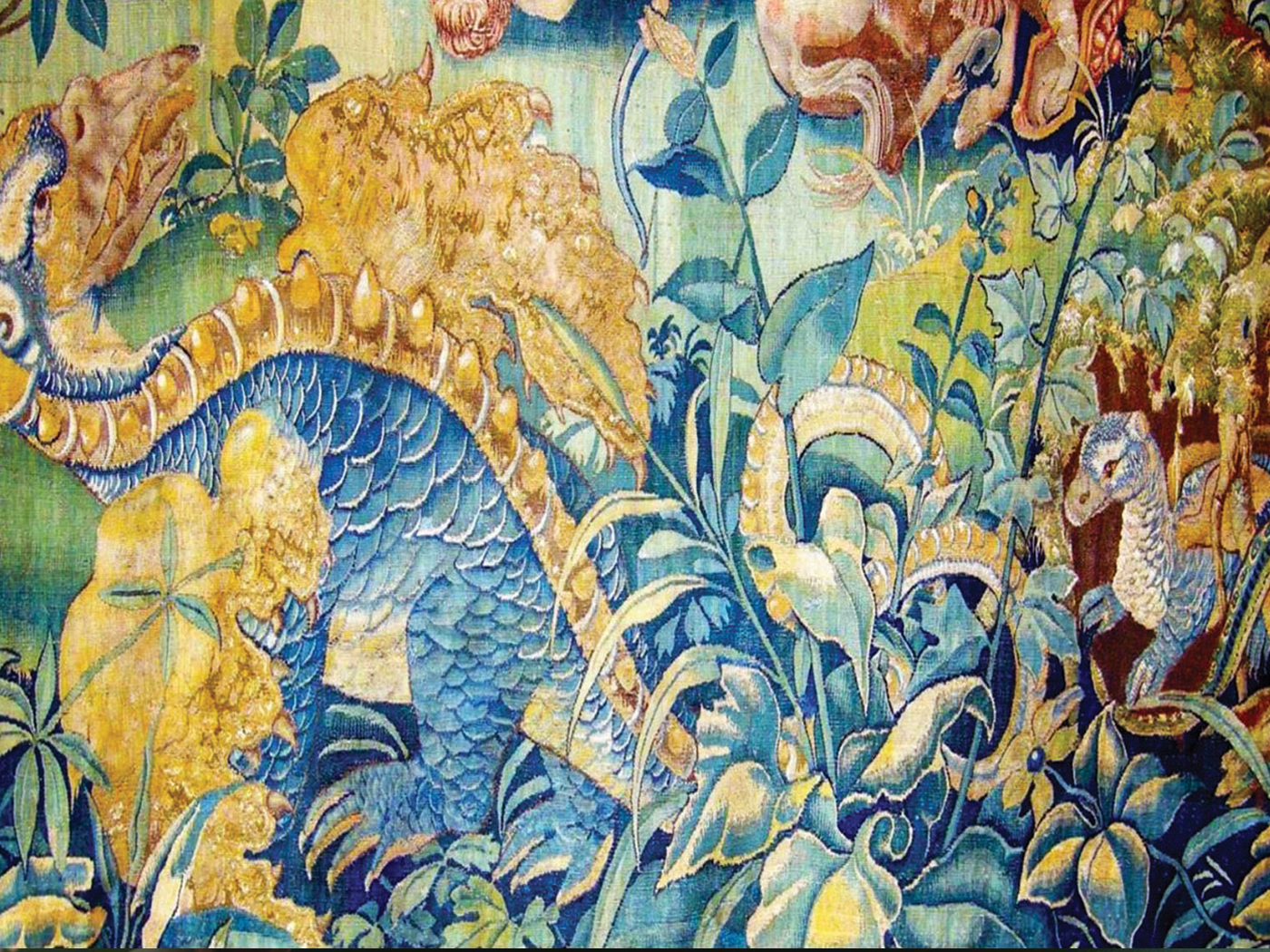"For the wisdom of this world is foolishness with God. For it is written,
He taketh the wise in their own craftiness." (I Corinthians 3:19)
You see it in every textbook dealing with evolution. There it is, a "tree" implying that life began as a single organism (which itself developed from non-living chemicals). And over time, through completely natural processes such as mutations and natural selection, it branched into the wide variety of life we see in the modern world and in the fossil record. The tree appeared in Darwin's book Origin of Species, as the only illustration. All of life has come from that common ancestor through "descent with modification" over hundreds of millions of years, until now there is a multitude of life forms, all related to one another with the common ancestor at the root of the tree. But does the evidence support this idea, or is it simply a statement of evolutionary dogma?
The evidential support for the branching tree of life certainly cannot be found in the fossil record. Experts readily admit that the fossils record a different history, but textbook writers often ignore the facts, presenting the tree as if it were a non-controversial fact. Thus students are brainwashed into believing it, and indeed that the entire evolutionary worldview has a strong root.
Rather than starting as one form (or a few) and branching into many, all knowledgeable scientists know that the fossil evidence demonstrates a sudden appearance of life in the lowest (i.e., the oldest) layer of strata containing multi-cellular fossils. Termed the "Cambrian Explosion," this layer contains well-preserved fossils of nearly every phyla (basic body type) which ever lived, from hard-shelled clams, to soft-bodied jellyfish, to now-extinct trilobites—even vertebrate fish. Extensive Cambrian layers are underlain by equally extensive and undisturbed pre-Cambrian sedimentary rock, just right for fossil preservation, but which contain only occasionally single-celled organisms, but no ancestors for any of the abundant array of complex marine creatures in the Cambrian! Some are extinct, but essentially nothing has developed ever since the start. Thus, the evolutionary tree is turned upside down.
Within each separate lineage there is some variety, but separateness is the rule. There is no evidence for common ancestry. The "branches" and the "trunk" are non-existent. Rather than a continuous out-folding of new and ever more complex life, we see complexity at the start which continues into the present with some extinction along the way.
No new basic types since the start? How could anything be more embarrassing to evolution theory? The fossil record stands as stark confirmation of creation, not evolution. The only question which remains is when will this demonstrably false piece of propaganda be removed from our textbooks?




















